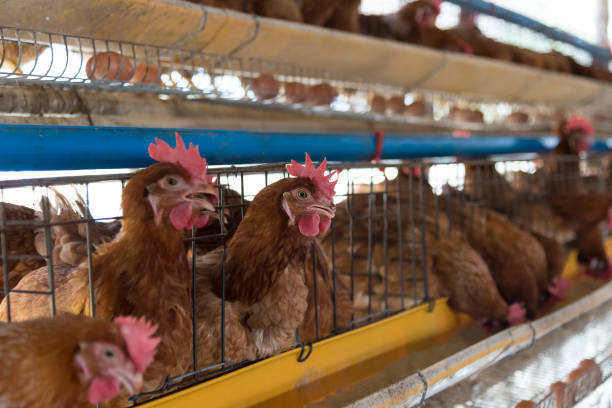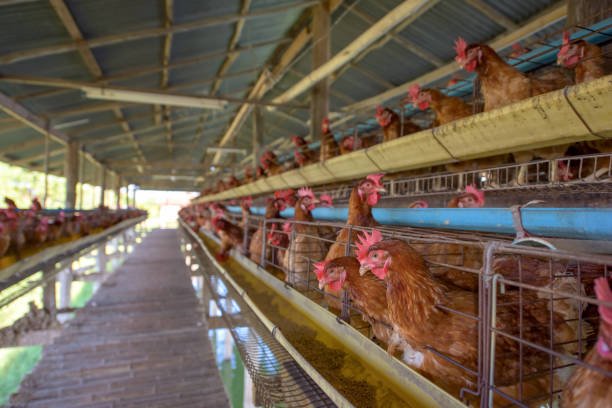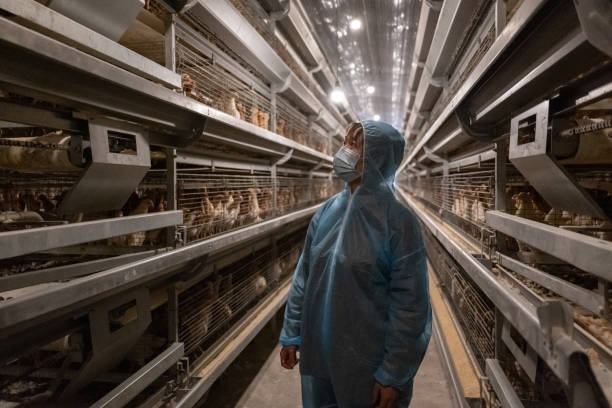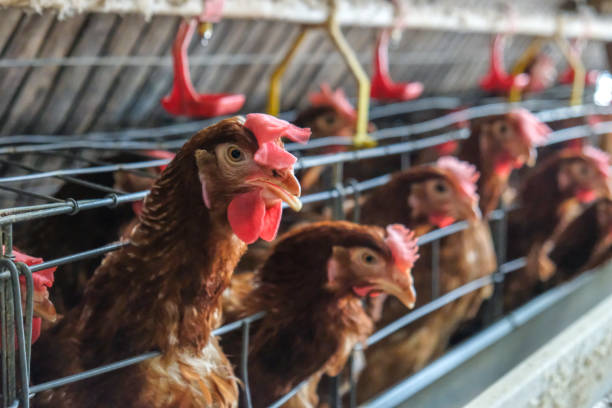
Improved Kienyeji Chicken Coop Solutions in Kenya
Improved Kienyeji Chicken Coop Solutions in Kenya

When it comes to poultry farming in Kenya, one name stands out among smallholder and commercial farmers alike — Kienyeji chickens. These indigenous birds are prized for their flavorful meat, disease resistance, and adaptability to local conditions. However, many farmers still struggle with low productivity due to outdated housing, poor ventilation, predators, and inefficient waste management. That’s where improved Kienyeji chicken coop solutions come in. At Livi Machinery, we’ve spent over a decade designing modern, affordable, and scalable poultry housing systems tailored specifically for Kenyan farmers. Our goal? To boost your flock’s health, egg production, and profitability — without compromising on ease of maintenance or sustainability.
Why Traditional Coops Are Holding Farmers Back
Many traditional Kienyeji coops in Kenya are built using locally available materials like wood, mud, and scrap metal. While these materials are accessible, they often fall short when it comes to durability, hygiene, and animal welfare. For instance, wooden structures rot quickly in humid climates, mud walls crack during dry seasons, and makeshift roofing offers little protection from rain or extreme heat. These issues lead to higher mortality rates, frequent disease outbreaks, and reduced productivity. Chickens housed in poorly ventilated coops are more prone to respiratory infections, while those exposed to rodents and snakes suffer stress and predation. Another major challenge is cleaning — traditional designs make waste removal difficult, increasing ammonia buildup that harms both chickens and workers. If you’ve ever lost birds to coccidiosis or seen egg production drop after the rainy season, outdated housing is likely part of the problem.
The Key Features of an Improved Kienyeji Chicken Coop
An improved coop isn’t just about swapping bamboo for iron sheets — it’s a complete rethink of how chickens live, grow, and produce. The best modern coops combine smart design with locally relevant materials and technology. Let’s break down what makes our Livi-designed systems stand out:
First, ventilation is everything. Our coops feature adjustable sidewalls and roof vents that allow free airflow while shielding chickens from drafts. This keeps temperatures stable — critical in regions with hot days and cold nights. Second, predator-proofing goes beyond simple fencing. We use galvanized wire mesh on windows and entry points, raised flooring to deter rats, and secure locking mechanisms on doors. Third, easy-cleanability is built into every corner. Slatted floors or wire mesh allow droppings to fall through, which means less labor and better air quality inside the coop. You can hose down the run area weekly without damaging the structure. Fourth, scalability matters. Whether you’re starting with 50 birds or managing a thousand, our modular designs let you expand quickly by adding sections — no need to rebuild from scratch. Finally, lighting and nesting areas are thoughtfully positioned. We include shaded nesting boxes away from high-traffic zones so hens feel safe laying eggs, and optional solar-powered LED strips help extend daylight hours during shorter months, gently boosting egg production.
Real Gains: How Modern Coops Boost Productivity

Switching to an improved Kienyeji chicken coop doesn’t just make life easier — it transforms your farm’s output. Farmers who upgraded with our systems report up to 30% higher egg yields within three months. Why? Because healthy, stress-free chickens lay more consistently. One farmer near Nakuru went from collecting 40 eggs per day to over 60 after installing our ventilated, multi-tier cage system. Brooding survival rates also improved dramatically thanks to better temperature control and draft protection for chicks. Disease-related losses dropped by nearly half because clean, dry environments reduce pathogen spread. Labor time was cut too — instead of spending two hours shoveling manure daily, he now spends 20 minutes scraping trays, freeing up time for other farm tasks. Even feed efficiency gets a boost; birds in comfortable coops eat less but gain weight faster. And since our coops last over 10 years with minimal maintenance, the long-term savings outweigh the initial investment. It’s not magic — it’s smart engineering applied to real-world farming challenges.
Thinking About Upgrading Your Setup? We’re Here to Help
If you’re ready to take your Kienyeji chicken farming to the next level, now’s the perfect time to consider a modern coop solution. At Livi Machinery, we don’t just sell equipment — we support your success from planning to delivery. Our team can help assess your space, climate, and flock size to recommend the ideal layout. Whether you need a fully enclosed deep-litter house, a semi-intensive run system, or a stackable cage model for limited spaces, we’ve got options that fit your budget and goals. Plus, all our coops are made from corrosion-resistant materials suited to Kenya’s diverse weather, from coastal humidity to highland chill. Installation guidance is included, and we offer flexible shipping across East Africa. Don’t let outdated housing hold back your profits any longer. Share your contact details with us today — phone number, location, and approximate flock size — and we’ll send you a free customized design proposal within 48 hours. See how a smarter coop can turn your backyard project into a thriving agribusiness.
Frequently Asked Questions
What exactly is a Kienyeji chicken?
Kienyeji refers to indigenous free-range chickens commonly raised in Kenya. They’re known for lean, tasty meat and strong immunity, though they lay fewer eggs than exotic breeds.
Can improved coops work for free-range systems too?
Absolutely. Our hybrid models allow nighttime confinement for safety while giving chickens daytime access to roam. This combines protection with natural behavior.
Are these coops suitable for both meat and egg production?
Yes. We offer customizable layouts — whether you’re fattening broilers or managing layers, our designs support growth, comfort, and hygiene.

How much do these coops cost compared to building locally?
While initial cost may be slightly higher than DIY mud-walled pens, our coops save money long-term through durability, lower labor, and increased productivity.
Do you ship to rural areas in Kenya?
Yes, we partner with reliable logistics providers to deliver coops nationwide, including remote counties. Delivery timelines depend on your location.
Can I assemble the coop myself?
All our units come with clear instructions and pre-drilled parts for easy assembly. Basic tools are all you need — no welding or carpentry required.
Do you offer training or after-sales support?
Yes, we provide setup tips, flock management advice, and ongoing customer service. We want you to succeed, not just buy a product.
How long do these coops last?
With proper care, our galvanized steel and UV-resistant plastic components last 10–15 years, even in harsh weather.
Is financing available for farmers?
Currently, we work with select cooperatives and agricultural groups on bulk projects. Reach out to discuss potential partnerships or group orders.
Can the coop handle extreme weather like heavy rains or strong sun?
Definitely. Our roofs are sloped for quick water runoff, and reflective coatings keep interiors cool. Elevated bases prevent flooding damage during rainy seasons.
